Biology of the bee family
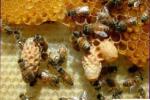
All bee diseases can be divided into two categories: 1) diseases of adult bees and 2) diseases of brood. Adult bees can get sick at any time of year under unfavorable conditions. Diseases of broods
Gregarinosis of bees
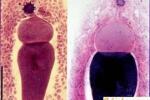
Gegarinosis is an invasive disease of bee colonies, which causes an intestinal disorder. The disease is poorly understood. The causative agent of the disease is the Greek animal – the protozoa (Protozoa), from the class
Flavored starch against ticks
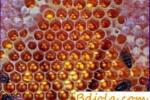
Any novelty in our beekeeping business is of great interest to readers. So, my articles on the use of flavored starch when processing bees, came more than a thousand letters. When I looked through the
Air against the varroatosis mite
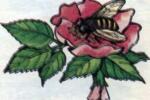
The method of combating varroatosis of bees with the help of aira. That’s what I can offer. To combat this disease, use infusion or decoction from the roots of the aura. Essential oil adversely affects
Rickettsiosis of bees
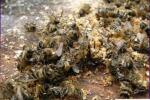
Rikketshoz is an infectious disease of bees, accompanied by a change in the hemolymph of adult bees. The causative agent of the disease. Rickettsia disease is caused. They have dimensions of 0.2-0.4-0.9 microns, coccoid, rod-shaped,
Rescue of the apiary from wasps
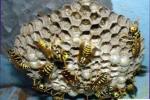
Once upon a time, my wasps attacked my apiary. They completely destroyed four families of medium strength. Bait in bottles here did not help. Then I decided to find another way to deal with these
